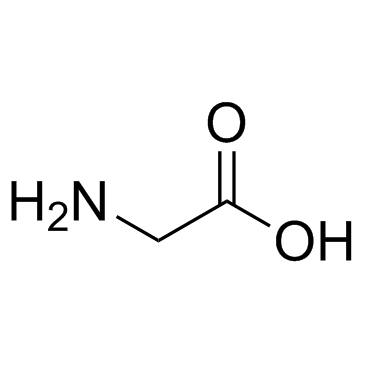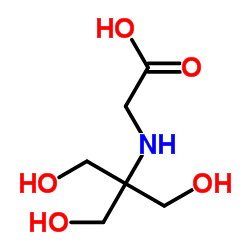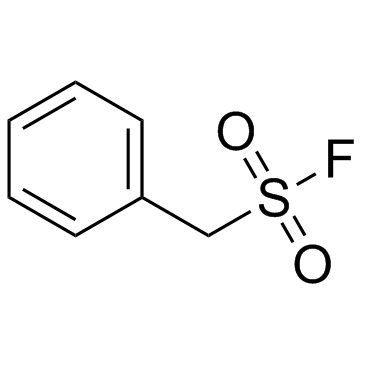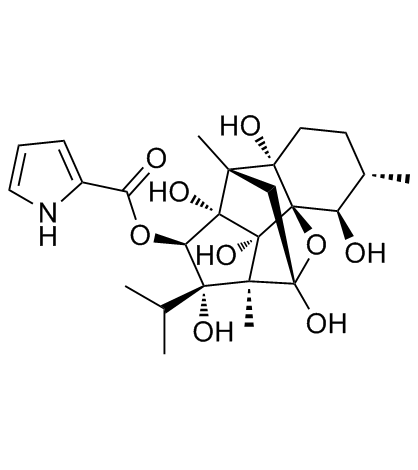| Structure | Name/CAS No. | Articles |
|---|---|---|
 |
sodium chloride
CAS:7647-14-5 |
|
 |
Hydrochloric acid
CAS:7647-01-0 |
|
 |
sodium dodecyl sulfate
CAS:151-21-3 |
|
 |
Bis-tris methane
CAS:6976-37-0 |
|
 |
Glycine
CAS:56-40-6 |
|
 |
Tricine
CAS:5704-04-1 |
|
 |
SODIUM CHLORIDE-35 CL
CAS:20510-55-8 |
|
 |
PMSF
CAS:329-98-6 |
|
 |
Ryanodine
CAS:15662-33-6 |
|
 |
Glycerol
CAS:56-81-5 |